On a wall in my office hangs a plaque purchased in Waco, Texas, at the Magnolia empire of Chip and Joanna Gaines. Its inscription reads, “Wisdom begins in wonder.” Underneath that plaque hangs a print of John Everett Millais’s painting The Boyhood of Raleigh in which two young boys listen captivated by an old sailor’s “tales of wonder on sea and land.” On my office door I have an image of the word mooreeffoc (coffee room backwards), first used by Charles Dickens to “denote the queerness of things that have become trite, when they are seen suddenly from a new angle.”
My home, too, is littered with reminders to pursue wonder. On my piano sits a framed poster that reads “Never lose your sense of wonder.” An end table displays a book by N. D. Wilson: Notes from the Tilt-a-whirl: Wide-Eyed Wonder in God’s Spoken World—originally published in 2009 and recently rereleased with an afterword and a beautiful new cover. On a bookshelf is the new Davenant Press book on Augustine’s Advent Homilies, the back cover of which reads, “Go on being filled with Wonder” (from sermon 369). And on the same bookshelf I have the Haunted Cosmos book, a tie-in to the popular podcast that reminds people that the world is not just stuff.
So of course I was excited to pick up Rod Dreher’s new book Living in Wonder: Finding Mystery and Meaning in a Secular Age, a book that emphasizes the reality that “The world is not what we think it is.” Enchantment, according to Dreher, is the condition of seeing God’s presence in all things, a conscious appreciation of spiritual life, an awareness that even the material world participates in transcendent realities. And despite the surplus of enchantment discourse these days, the excellent parts of the book are indeed excellent.
Dreher provides the typical warnings against technological diversions, social media, smartphones, AI, etc., arguing persuasively that disenchantment really matters, with rising rates of depression, suicide, divorce, abortion, and atomized loneliness threatening to destroy societies. Technology can render us “elf-shot,” filled with mischievous and troubling distractions that contribute to a loss of our sense of self and place. But the book isn’t merely a secular complaint about kids these days. Dreher’s approach is explicitly Christian. Enchantment isn’t just feeling better about life. It’s about orienting oneself to ultimate spiritual realities, gratefully accepting one’s embodiment in God’s world, and seeing the connections between both realms. Enchantment entails an avoidance of both rationalism and moralism, and it requires our leaning hard into God’s story and the beauties of his creation.
Technology can render us “elf-shot,” filled with mischievous and troubling distractions that contribute to a loss of our sense of self and place.
Dreher also includes a timely warning that, because nature abhors a vacuum, a disenchanted society will search for an enchanting replacement. Indeed, these days the greatest menace to Christianity is likely not atheism, but rather neopaganism or the occult. A further word of wisdom accompanies these observations: we should be aware of dark enchantments, but not obsess over them.
The book does get weird fast, as Matthew Crawford’s blurb notes, with accounts of UFO sightings, miracles, and demonic activity. Frequently, the book lurches toward topics as varied as capitalism, the internet, LSD, and aliens, often couched in anecdotes from Dreher’s personal experience. It’s quite the eclectic experience: Dreher travels the world, watches foreign films, interviews monks, texts J. D. Vance, and claims to have had multiple mystical experiences. Readers may have some difficulty in relating to some of the book’s stranger things and elite activities. Not everyone can have coffee in Parisian cafés with famous French philosophers.
Additionally, despite the book’s strengths, it is occasionally harsh toward Protestantism. Christian readers who appreciate the riches of the Reformation will need to exercise a generosity of spirit as they navigate numerous passages claiming that the Reformation exiled the numinous, split mind from matter, despiritualized the material world, lacks spiritual depth, and led to the Enlightenment and ultimately the directionless liquid modernity in which we find ourselves today.
In fact, while I have described Dreher’s approach as explicitly Christian, it would be more accurate to describe his approach as explicitly Eastern Orthodox. Dreher is clearly aware of how peculiar and superstitious he might sound to non-Orthodox ears. And at rare times he acknowledges the positives of other Christian traditions and even claims that “enchantment is not about having bespoke mystical experiences.” Nevertheless, the overall tenor of the book argues for the depth and strength of Orthodoxy compared to the shallow and weak alternatives. If mysticism really were the essence of the Christian life, which Dreher seems to claim, then it’s an argument worth considering.
But the claim is a dubious one, and recent polling data suggests that Orthodoxy is not as solid as its defenders assert. According to Pew research, Orthodox and Catholic Christians are twice as likely as Protestants to pray seldomly or never; only about half of identifying Orthodox and Catholics pray daily, but almost two thirds of Protestants do so. When it comes to believing in something as fundamental to the Christian faith as the resurrection of Christ, according to the National Survey of Religious Leaders, Evangelical clergy score the highest. For unexplained reasons, when it comes to support for age verification laws for adult content websites, according to the Cooperative Election Study, Orthodox support is below 80%, Catholic support hovers in the low-80s, and Evangelical support is about 90%. Dreher is absolutely right when he states that “prayer is the most important part” of attention, which is “the most important part of the mindset needed for re-enchantment.” But if recent statistics bear any weight, Orthodox narratives and corporate liturgies don’t always translate well into personal practice.
Dreher attempts to walk a fine line between an idealism that wants everyone to be mystical and a realism that understands that many people will not have mystical experiences. The book claims to provide eye-opening habits that result in seeking and finding deeper dimensions of life, but Dreher also openly admits that we don’t need to witness miracles to experience enchantment. On the one hand, Christians “must become practical mystics” if we are to survive liquid modernity, yet on the other hand Orthodoxy doesn’t offer “a magical formula out of disenchantment.”
This tension may be the most disappointing aspect of this well-intentioned book, the heart of which is to offer a grammar of enchantment—a pattern of vocabulary and practices that will sharpen eyes and provide visceral reminders of God’s ubiquitous presence. Some unique practices of Orthodoxy include kissing and bowing to icons, praying to saints, venerating the cross, and “highly choreographed liturgy filled with incense, candles, and chants.” But it’s unclear that these unique practices establish a better path toward this vision than the patterns in many non-Orthodox churches, such as the celebration of the Lord’s Supper, singing psalms, daily prayer, reading the Bible, and family worship. I am not a Baptist, but I have to say that one of the most enchanted sets of Christian views that I can imagine is Baptists’ tenacious beliefs in the historicity of Genesis, the miracles of Jesus, and the inerrancy and infallibility of Scripture. Furthermore, I may be in the minority here, but regarding language usage, it seems obvious to me that a strict fundamentalist understanding of mild profanity could reintroduce some enchantment concerning topics such as Hell, damnation, God, and Jesus Christ. The trivialization of these realities inherent in their euphemistic forms (e.g., heck, darn) has never made sense to me, despite earnest explanations about the etymological fallacy.
For these reasons and more, “disenchanted Protestant” seems to be as much of an oxymoron as “angry Minnesotan” or “devastating layup.” Given certain narratives of disenchantment, especially amidst our contemporary race to be the most enchanted, there are those who wonder about the seriousness of mid- and low-church Protestants. But let me provide an anecdote of my own. In the Presbyterian world, I recently asked a local PCA pastor if he felt comfortable calling the world “sacramental.” His immediate reply: “Absolutely. It has to be.” And I imagine that such a response must be encouraging to all those who wonder.
Image Credit: George Inness, “Home at Montclair” (1892) via Rawpixel

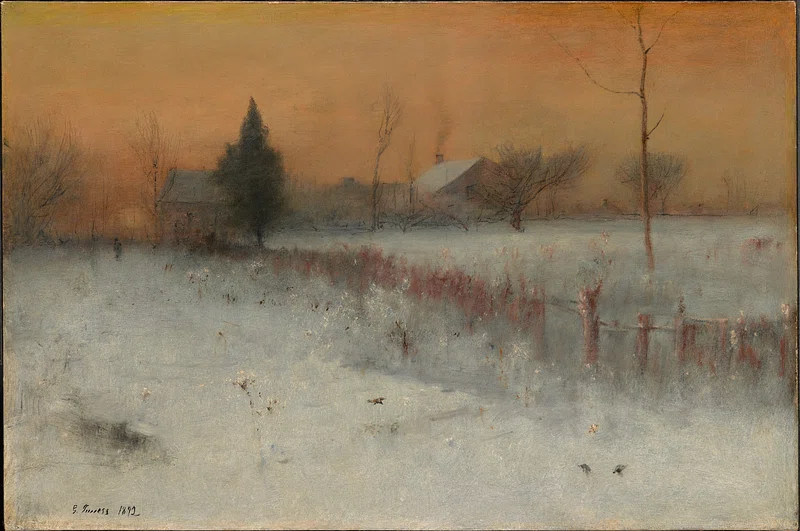
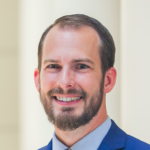
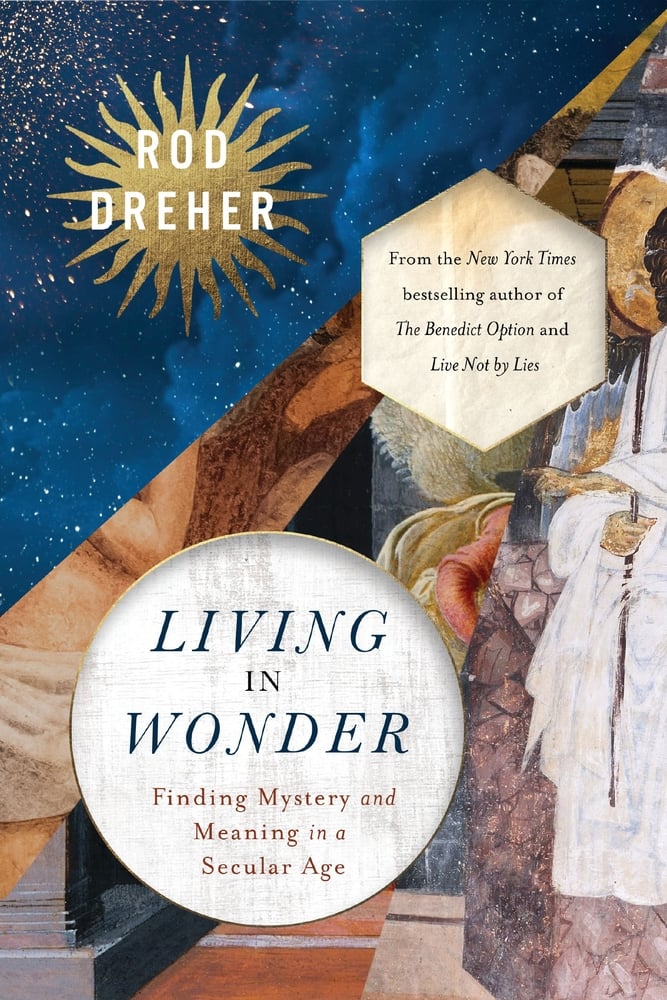
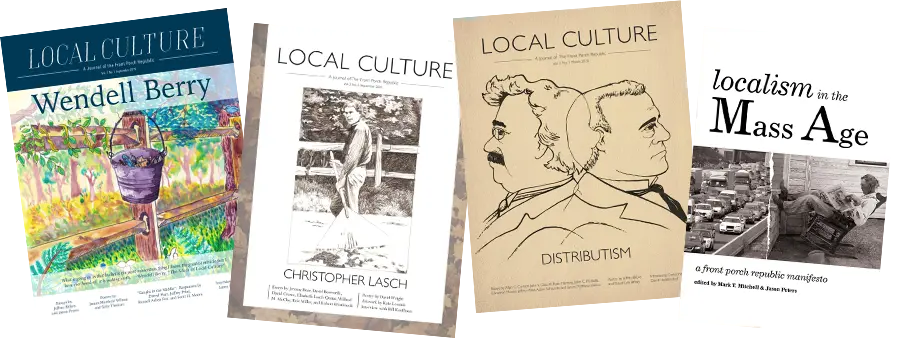
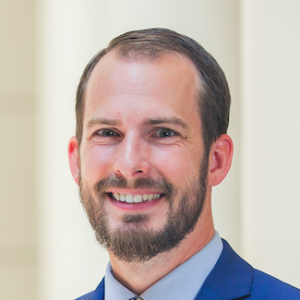

2 comments
Dale James Nelson
I got Living in Wonder from the library. It reminds me of why I unsubscribed from Dreher’s Substack when I still had some weeks to go. He often writes about how journalists enslave themselves to “the Narrative” (about transgender rights and the like). It seemed to me he was captivated by a narrative too, relating to “Protestantism.” He needed to disencumber himself from this notion so that he could see the differences, as regards Sacraments and the disciplines of the Christian life, between various groups lumped together as Protestants. It seemed, by the way, rather funny to me: in polemical contexts, Orthodox love to contrast their alleged unaltered tradition with the proliferation of “Protestant sects” — seems to me they would cite 22,000 — that don’t agree with one another. But here, in his book, it was convenient for Dreher to lump all Protestants together.
I spent hours writing comments on such things while the book was still in process, recommending, for example, that he take up Zeeden’s Faith and Act: The Survival of Medieval Ceremonies in the Lutheran Reformation. But Nobody could get him to budge even on the matters of discerning “Reformations” rather than “the Reformation.” His mind was, evidently, made up.
I won’t try to rehearse the whole sorry story here. It’s too bad, since The Benedict Option and Live Not by Lies are good books. I must not be the only person who gave away multiple copies to pastors.
Jeffrey B
I am cautiously optimistic about picking this book up now. I’ve read the occasional Rod Dreher, and he’s… well, as you describe him. When he’s correct, he’s awfully correct and has some interesting things to say; when he’s wrong, he falls into a sort of rambling, self-referential void that feels frustrating to read.
Re: Protestantism – I am reminded of a book called “The Church, The South, and The Future” which makes a claim that liturgical churches are fools to laugh at evangelicals. They may see incense and Gregorian chant as hokey nonsense, but they are also the foremost believers in miracles.
Comments are closed.